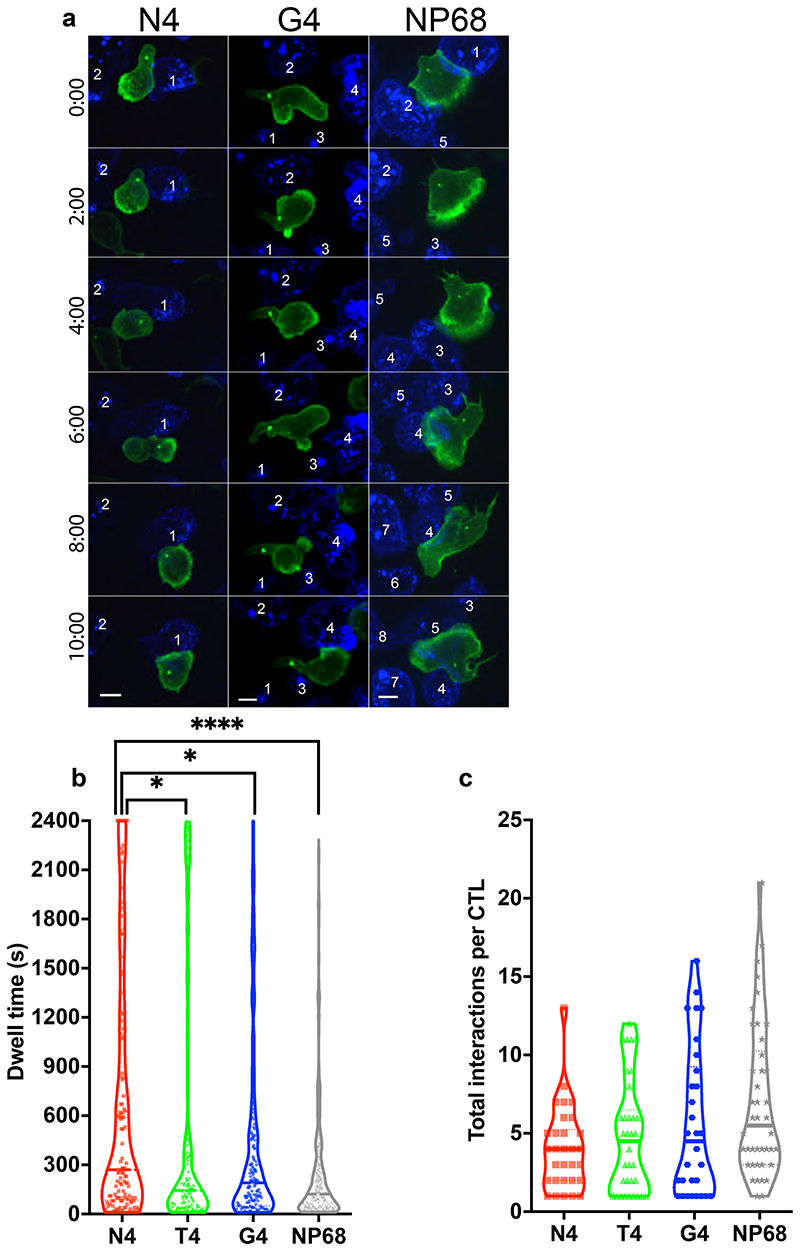Figure 1. Increasing TCR signal strength increases CTL dwell time.
OTI CTL expressing Lifeact-mApple (green) and RFP-PACT (green sphere) interacting with EL4 (blue), pulsed with N4, T4, G4 or NP68 peptides (a) Representative timeseries of OTI CTLs encountering targets, numbered sequentially. Scale bars = 5μm (b) Violin plot showing dwell times for individual CTLs with targets; number of interactions N4 n=121, T4 n=128, G4 n=169, NP68 n=294; bars represent median with quartiles. A Bonferroni corrected Mann-Whitney test was used for statistical analysis with *=p<0.5 and ****=p<0.0001. (c) Data from (b) was used to calculate the mean number of interactions per CTL per time-series, and plot the mean per independent movie (N4 n=30, T4 n=34, G4 n=30, NP68 n=42). Bars represent median with quartiles.

